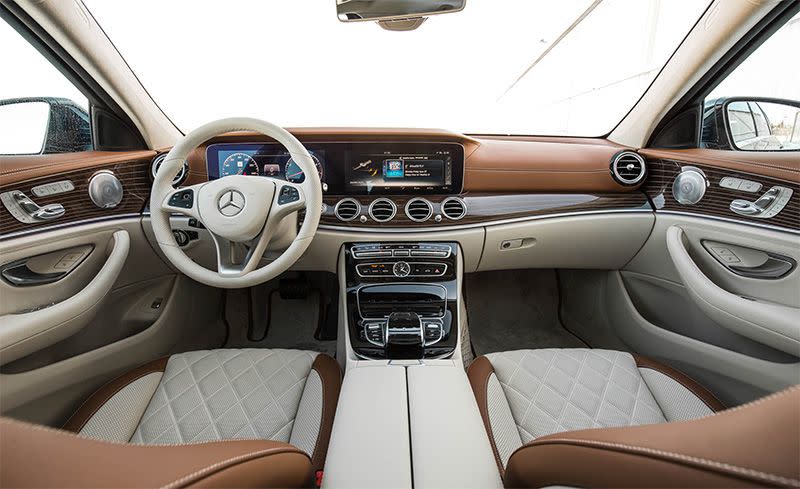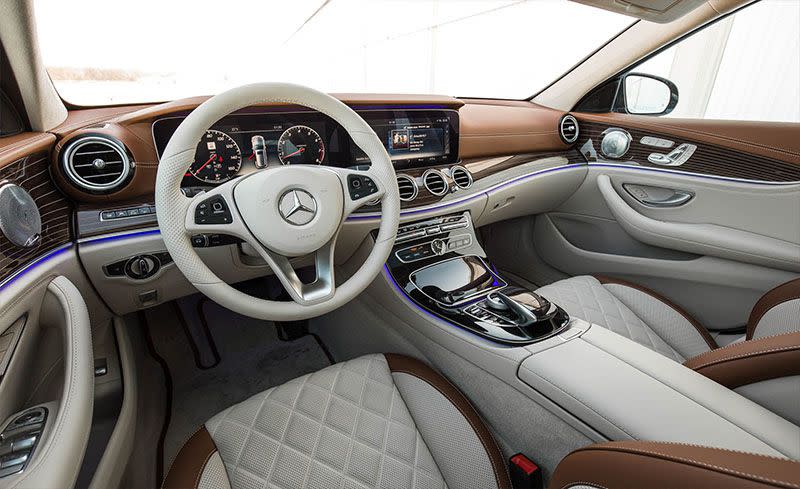Interior and Passenger Space
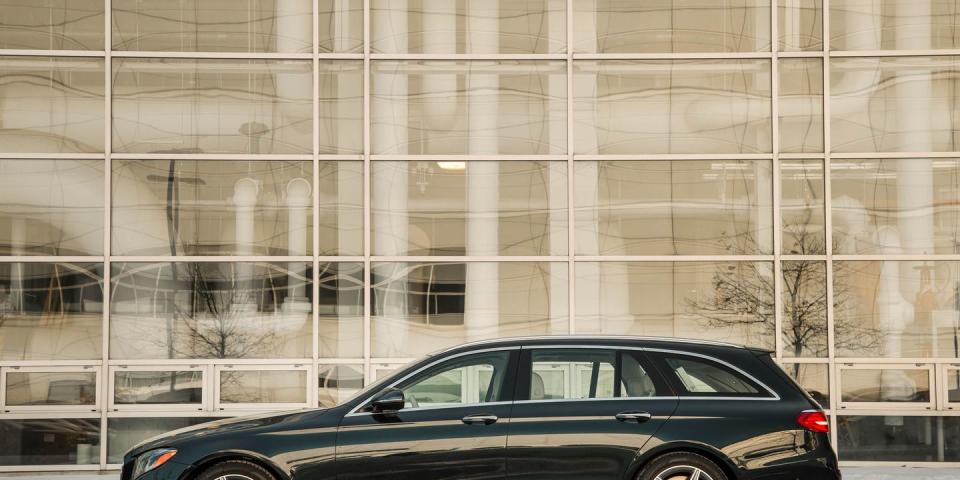
Interior and Passenger Space Rating:

Inside its luxurious cabin, the E-class wagon offers room for both people and cargo at the same time, as well as a few surprises-such as a stowable, rear-facing third row of seats and an optional scent diffuser with a Benz-specific fragrance.
What’s New for 2018?
The E-class’s sumptuous massaging seats have broken out of their expensive Premium 2 package, although they still bring a $1320 upcharge and require the $3700 Premium 1 and $1050 Warmth and Comfort packages. A new three-zone automatic climate-control system is also now available for $760 and allows rear-seat occupants an opportunity to control their heat and air conditioning. Other updates to the E400 wagon’s interior include new wood trim for the center console, optional illuminated doorsills ($350), and an available Rear Seat Entertainment and Comfort Adapter ($170), which adds the ability to attach a coat hook, folding table, or iPad mount to the back of each front-seat headrest.
2017 Mercedes-Benz E-class Wagon
Interior Space Comparisons
The E-class wagon’s standard sunroof cuts into front-seat headroom, but, even so, passenger space is satisfactory. The Benz also offers this segment’s only third row of seats. Headroom and legroom are both limited in this stowable third row-the seat is really only suitable for children-but it’s handy to have in a pinch. If you find yourself frequently shuttling adults, the Subaru Outback deserves a look as it offers the most generous rear-seat space in this set of competitors.
First-Row Passenger Space
Second-Row Passenger Space
Third-Row Passenger Space
Interior Features
As with its sedan, coupe, and convertible siblings, the E-class wagon pampers passengers in a truly opulent cabin. Fit and finish are top notch and the chosen materials are very high-end. The seats are covered in a simulated leather so convincing you’d think it was the real thing, but genuine leather is optional and you get your pick of a variety of interior color themes and six different open-pore, glossy, or pin-striped wood trims. Heated and ventilated front seats with massage, illuminated front doorsills, a wood-trimmed steering wheel, and even a cabin fragrance diffuser are all optional features and kick the luxury up another notch. The standard, leather-wrapped steering wheel is power adjustable and can be heated as well, and the driver faces either a highly legible analog gauge cluster or a customizable 12.3-inch digital display that blends in nicely next to the identically sized infotainment screen.
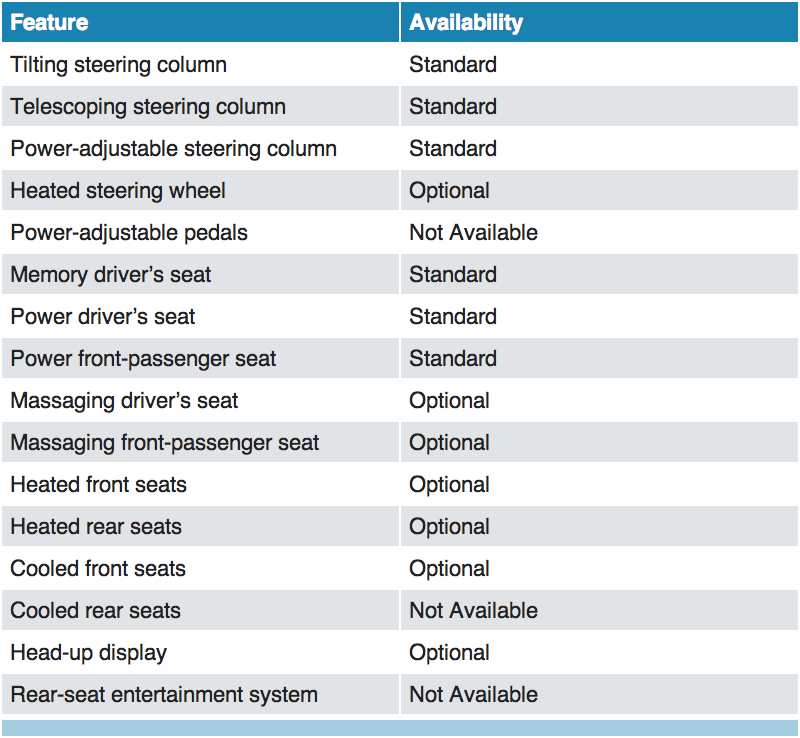
Seat Adjustments
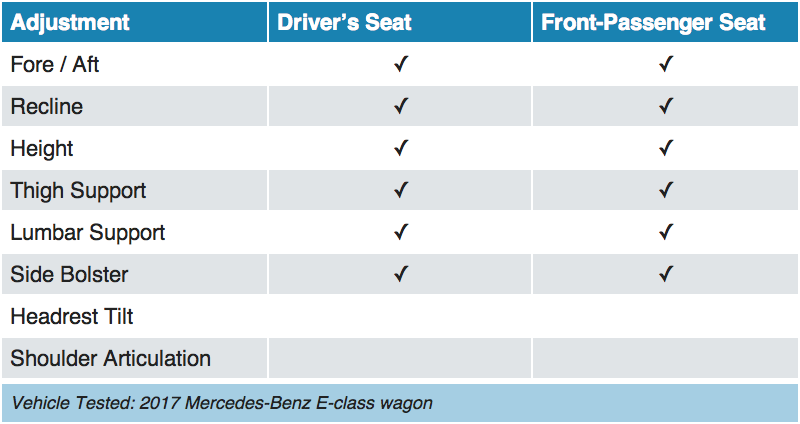
Climate Control

Cupholder Location
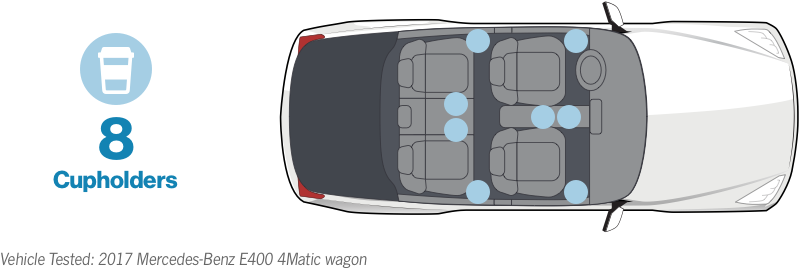
Interior Sound Level
To measure a vehicle’s interior quietness we use a sound meter to take two measurements at the height of the driver’s ear while traveling at 70 mph. We then average the results. As illustrated by the graphic below, decibels are a logarithmic unit, so a rating of 60 decibels isn’t 1.5 times the sound pressure of 40 decibels; it is 10 times the sound pressure.
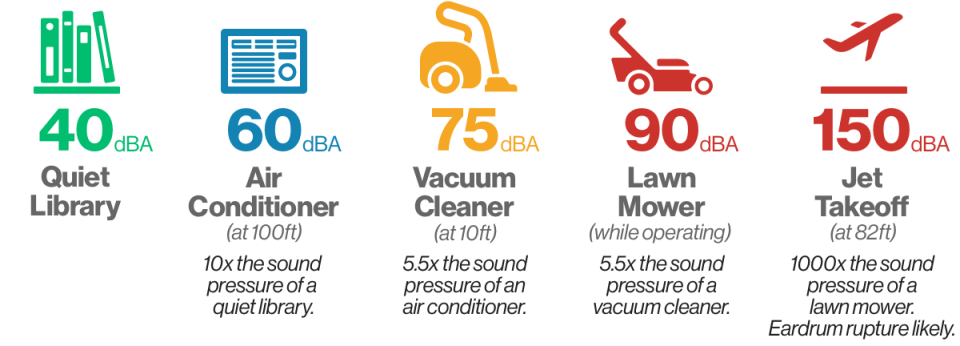
Test Results: Interior Sound Levels at 70 mph
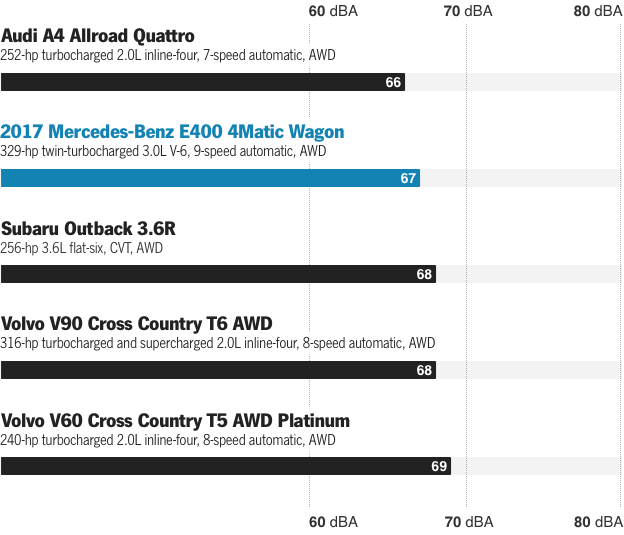
Seating and Step-In Height
To accurately measure seating height-the distance from the road to the driver’s hip-we use an H-Point Machine (HPM), a precisely engineered device marketed by SAE International. This versatile tool, in conjunction with a laser device, reveals the width and location of roof-pillar visibility obstructions (blind spots). Our HPM and laser measurement tools determine the length of road obscured by the hood as well as the road obscured by the trunk or hatch (as seen through the rearview mirror).

Test Results: Seating Height
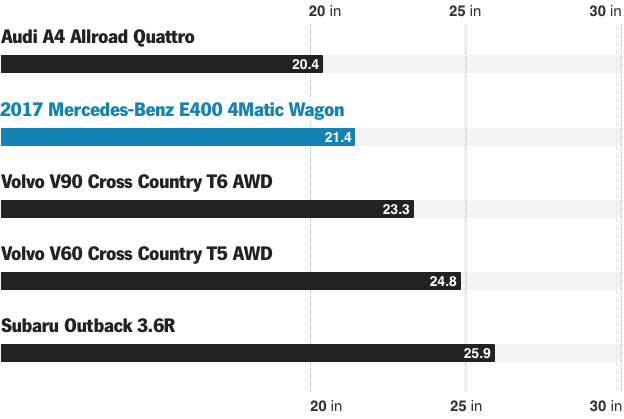
Test Results: Step-In Height
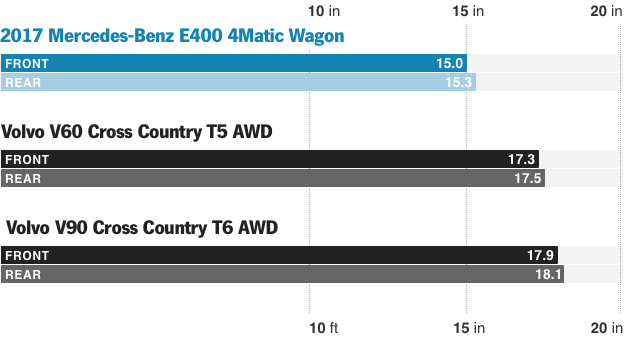
Blind Spots, Visibility, and Obscured Roadway
Most drivers won’t have much to complain about when it comes to outward visibility. The E-class wagon’s large glass areas and drop-away hood provide good forward sightlines. The wagon body style’s thick rearmost pillar creates some blockage and, thus, rearward visibility is average for the segment.
Roof pillars protect occupants in a rollover crash, but they also create blind spots. We determine visibility by measuring the location and width of each pillar using an H-Point Machine and a laser beam (surrogates for a driver and eyeball, respectively). Front and rear visibility are calculated by subtracting the viewable area blocked by the pillars from a perfect 180-degree score.
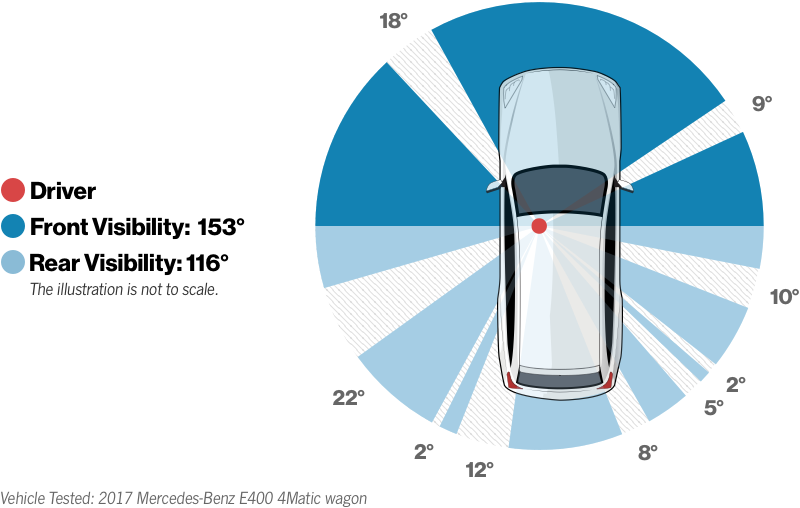
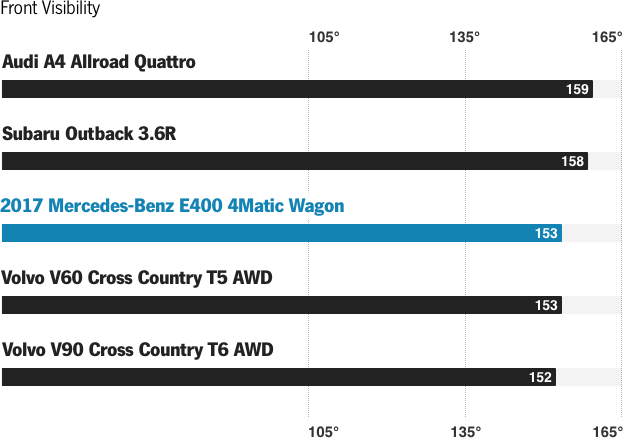
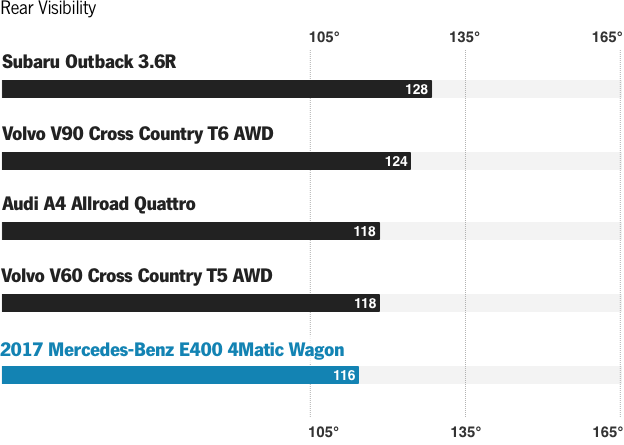

Test Results: Obscured Roadway
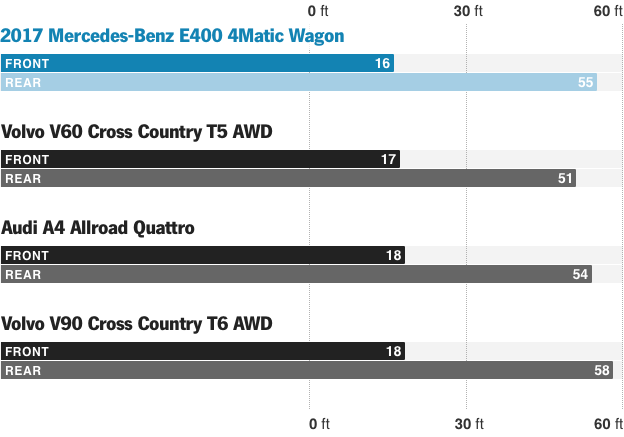
You Might Also Like

 Yahoo Autos
Yahoo Autos 